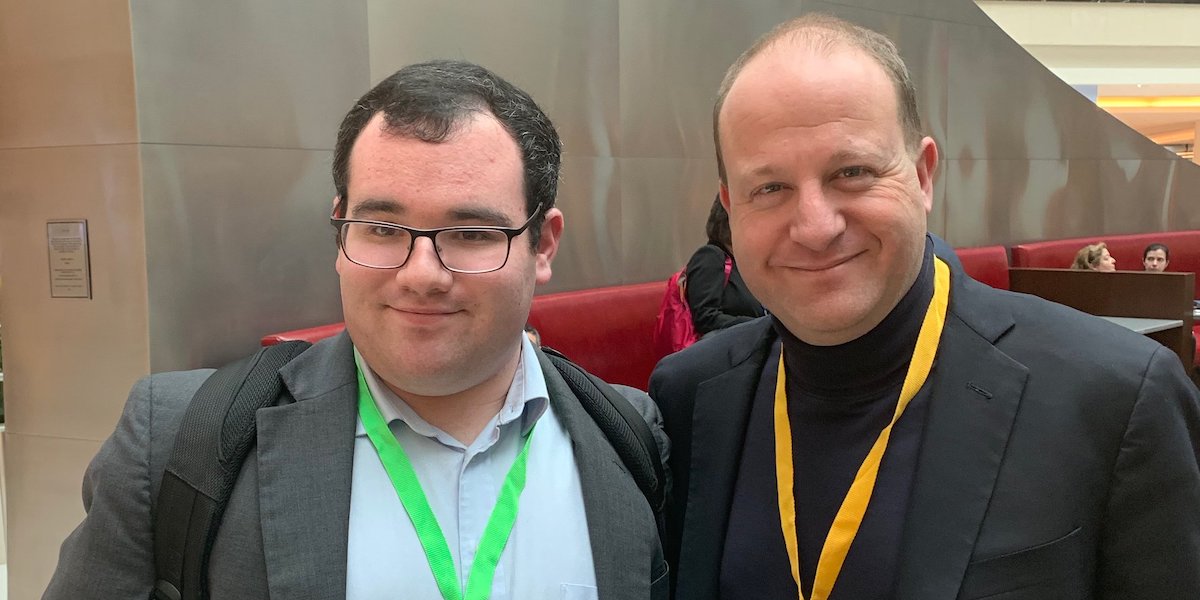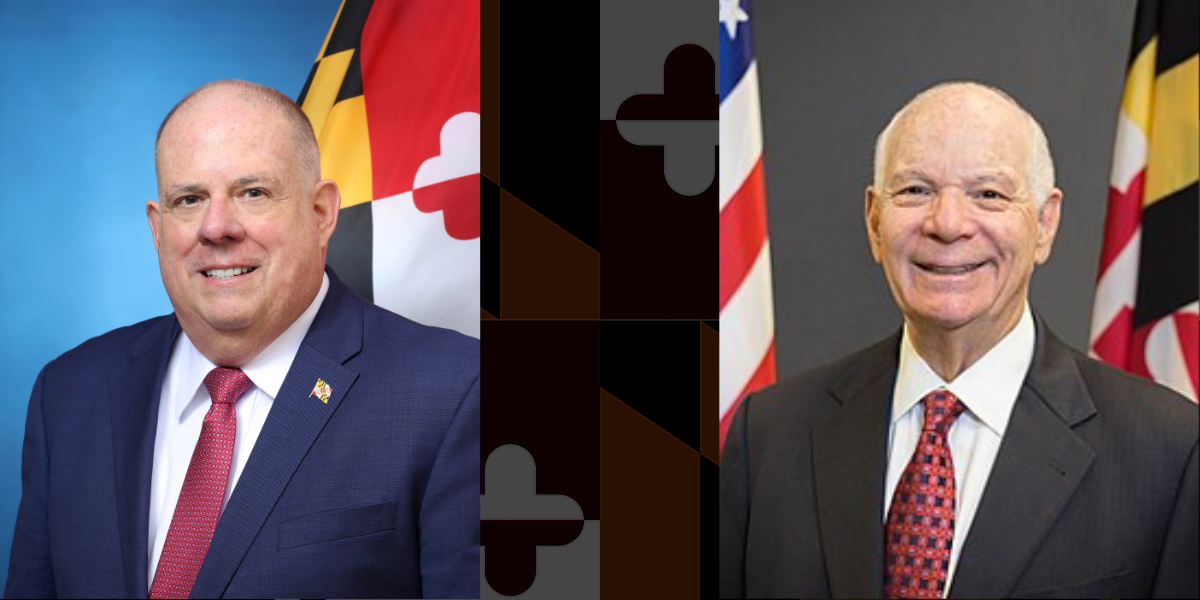New York City, Nov. 8 – Democrat Jessica Ramos won the New York State Senate District 13 seat in the midterm elections, defeating incumbent Jose Peralta. While campaigning, Ramos completed a disability issues questionnaire for New York City candidates put out by RespectAbility, a nonpartisan, nonprofit national disability organization working to end stigmas and advance opportunities for people with disabilities. The questionnaire asked candidates to answer five key questions that impact the 948,000 people with disabilities living in New York City. Ramos’ opponent, incumbent Jose Peralta, did not respond to requests to fill out the questionnaire.
In her response, Ramos highlighted her pledge to uplift people with disabilities economically. There are 455,186 working-age people with disabilities in New York City and only 150,074 have jobs. Currently, only 32.7 percent, or one third, of residents of New York City with disabilities between the ages of 18 to 64 are employed. In comparison, 58.4 percent of working-age residents of New York City without disabilities are employed.
“In addition to my commitment to hire a diverse staff, I will work to create more opportunities for people with disabilities,” she said. “I also support A2165/S55, which increases participation of businesses owned by people with disabilities, veterans, and LGBT+ in state contracts.”
Ramos also emphasized her commitment to building up communities whose need have previously been ignored.
“We’ve already begun creating an accessible space so that the community can come together and discuss the intersections of topics such as housing, public schools, transportation, etc. and making sure that we look at these topics through a different lens (this includes through a lens of people with disabilities),” she said. “This is the first [plan], but it won’t be our last community engagement event to make sure that all people have a seat at our table.”
Poverty, especially in major metropolises like New York, disproportionately impact women and girls, especially those of color. In total, there are 251,089 working-age women with disabilities living in New York City. Out of that number, 111,236 New York women living with disabilities have an income below the poverty level in one of the most expensive cities in the world. Likewise, in the City, only 29 percent of working-age African American women with disabilities and 24 percent of working-age Latina women with disabilities have jobs.
“Everyone deserves an opportunity to succeed and I am committed to working towards a future where marginalized people, particularly women of color, get an equal chance,” Ramose said. “Not only will I provide a platform for them, I will make sure they have the tools to organize and receive the resources they need.”
View Ramos’ full response to the questionnaire below:























